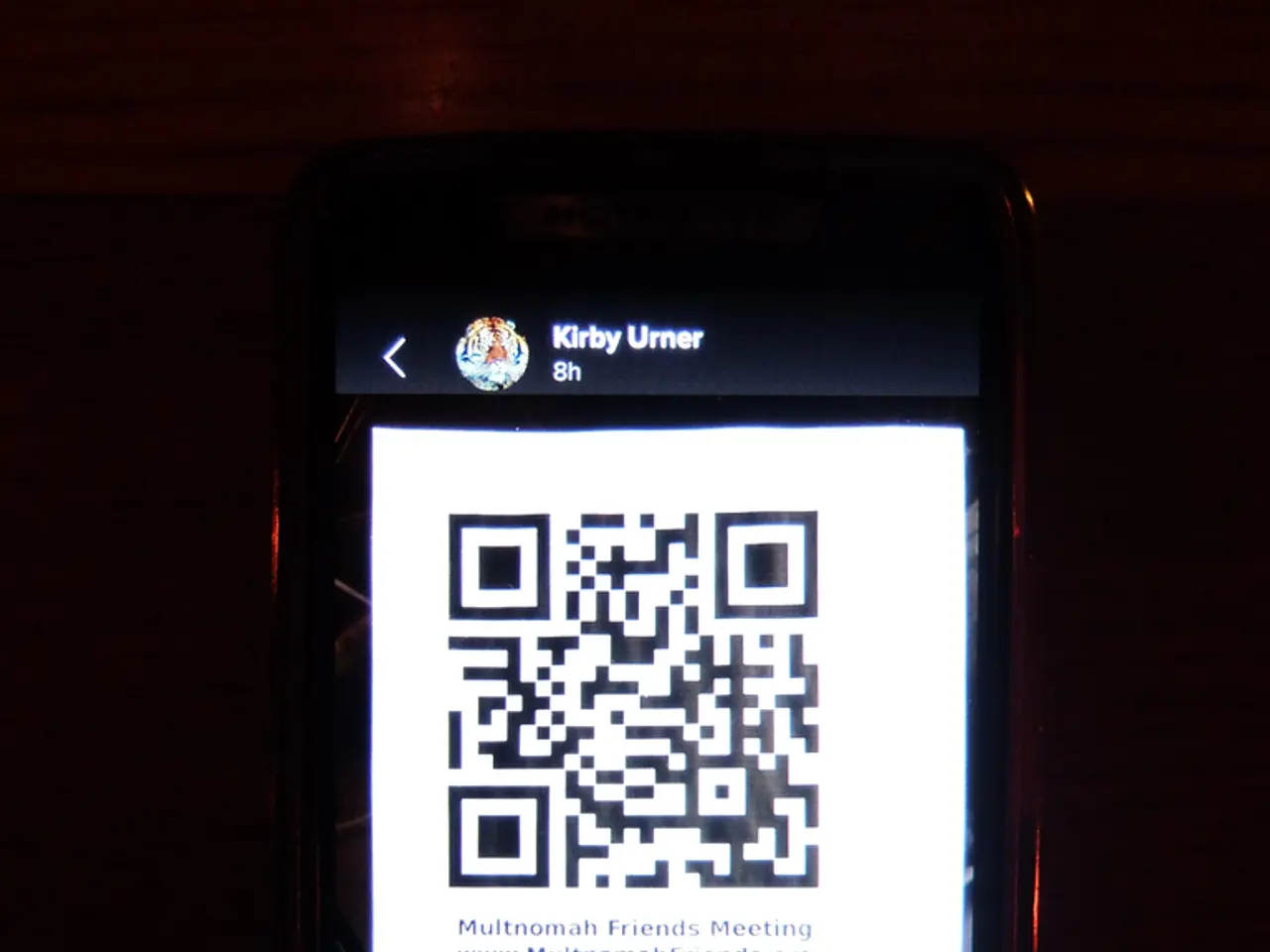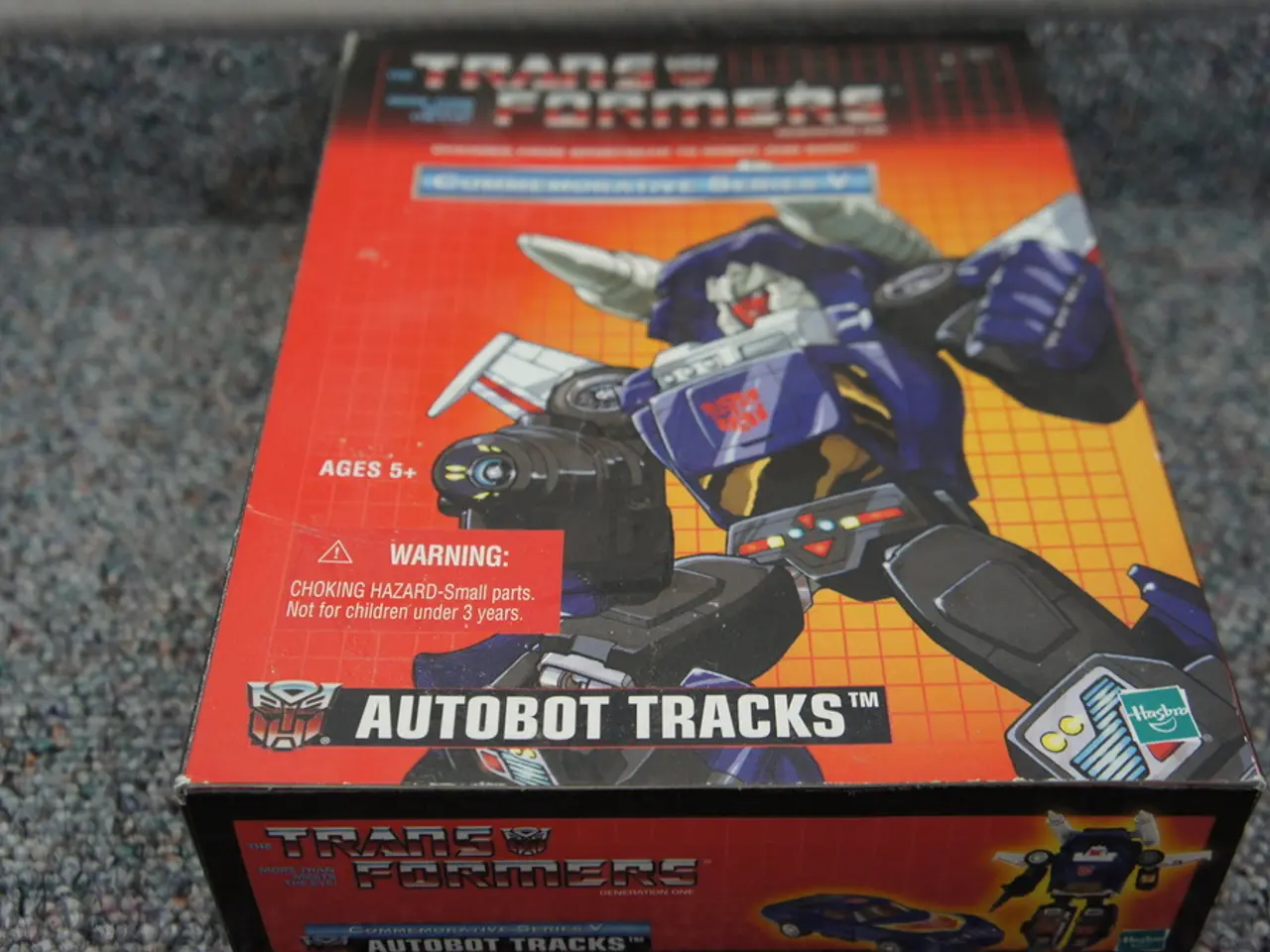Guide for Small Businesses on Increasing Interaction and Sales with QR Codes
In today's digital age, QR codes have become an essential tool for businesses looking to bridge the gap between traditional marketing and the digital world. A digital business card, the vCard, delivers all contact information in one simple place via a QR code, making it easy for customers to connect.
To start using QR codes, businesses need to decide on their purpose, create a QRNow account, fill in the necessary details, and download the code for use. The URL embedded within a QR code can direct viewers where you want them to go, such as a specific website, a list of links, or a PDF.
QR codes can be customized to match a brand's logos and color schemes, making them a sleek addition to marketing materials. Contact information such as email addresses and phone numbers can be easily shared via QR codes, preventing potential copying errors.
QR codes are often cost-effective and provide high-impact results, especially when considering the cost versus the potential sales conversions they can deliver. A PDF QR code can securely disseminate documents, such as menus, instructions, and directions. A wifi QR code simplifies the process of logging on to wifi for customers at brick-and-mortar sites.
Using QR codes in business can encourage viewer engagement by requiring them to scan the code to access information. They can also facilitate contactless payments, event RSVPs, reviews collection, and location-specific campaigns that boost relevance and tracking.
To effectively use QR codes, integrate them as dynamic tools that link your physical marketing materials with personalized digital content. Use QR codes to quickly share contact info (via vCards), direct customers to landing pages, menus, catalogs, or apps, and offer exclusive promotions or discounts accessible only by scanning.
Key strategies include placing QR codes on business cards, flyers, packaging, menus, store signage, and product inserts to drive immediate and measurable engagement. Use dynamic QR codes that can be updated for multiple campaigns without reprinting, enabling joint promotions and up-to-date content.
Link QR codes to mobile-friendly landing pages that encourage app downloads, product discovery, or easy ordering, enhancing customer experience and speeding up the buying process. Leverage QR codes for location-based marketing by assigning different codes per store or region with tailored offers, improving local engagement and allowing performance tracking.
Incorporate QR codes to gather reviews and customer feedback quickly, which helps build social proof and improves service. Ensure QR codes come with clear calls to action on print materials to encourage scanning and optimize mobile landing pages for usability to maximize engagement.
Feedback functions, such as surveys and review retrieval, can be attached to a QR code for immediate responses. Dynamic QR codes can collect data for marketing analytics, including the time, date, and location of each individual scan. Encouraging interaction with social media accounts can be achieved via QR codes, including platforms like LinkedIn, TikTok, and YouTube.
This integrated approach closes the gap between offline and online marketing, driving measurable business growth. The QRNow generator is recommended for creating QR codes, as it uses AI-powered technology and offers customization options for color and design.
- To expand their presence in the digital world, small-businesses can create QR codes using QRNow, a platform that provides AI-powered technology and customization options for color and design.
- Incorporating technology into finance, a QR code placed on a product insert can direct customers towards a mobile-friendly landing page for easy ordering, improving customer experience.
- To streamline finance and facilitate contactless payments, businesses can link QR codes to a payment gateway, allowing customers to pay by scanning the code at brick-and-mortar sites.




